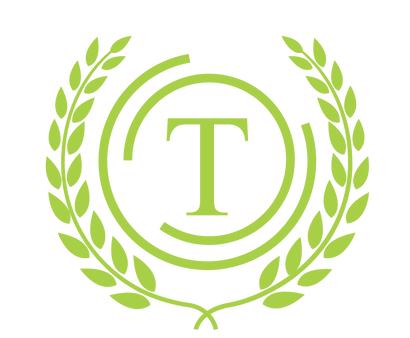Micro-algae: the tiniest powerhouse in nature

The bright future of microalgae
At TRIOM Health we are always looking for the latest research, technology and information that can help you with mastering your health.
Microalgae have recently attracted our attention and a lot of interest worldwide, due to their huge application potential in the renewable energy, biopharmaceutical, and nutraceutical industries. They are renewable, sustainable, and economical sources of biofuels, bioactive medicines, and food ingredients.
Microalgae are single celled plants that flourish in both salt- and freshwater sources. Most microalgae grow through photosynthesis – by converting sunlight, CO2 and a few nutrients into material known as biomass, this ensures the development of the most nutrient-dense microalgae.
Algae are very diverse and found almost everywhere on the planet. They play a key role in many ecosystems, including its contribution to the foundation for the aquatic food chains supporting all fisheries in the oceans and inland, as well as generating about 70 percent of all the air we breathe.
Microalgae & the human body
Microalgae are also presented for a wide range of applications, including dietary supplements for human nutrition.
Regarded as a viable protein source that includes all nine essential amino acids, microalgae are often used in dietary supplements to increase exercise performance by athletes.
Microalgae contain super-antioxidants called carotenoids, which play a key role in boosting and maintaining the body’s energy levels. Antioxidants help reduce free radical damage and prevent oxidative stress, thereby reducing inflammation and helping the body manage its energy levels.
The exceptional nutrient density of microalgae boosts immune system function in a variety of ways. Loaded with numerous vitamins and minerals that support all systems of the body, microalgae reduces inflammation, prevents illness, and enhances vitality.
Icelandic Purity
Our Astaxanthin comes from the microalgae named Haematococcus Pluvialis and is grown in a unique way in the pristine glaciers of Iceland, away from the risk of contamination.
Our manufacturer's unique, enclosed photobioreactor cultivation system and its proprietary three-phase cultivation process, help ensure optimal growth of the microalgae and high yield of pure astaxanthin from Haematococcus pluvialis.
Iceland is regarded as one of the most sustainable countries in the world. Icelandic water is extremely pure, low in minerals and unchlorinated. The country generates 100% of its electricity from clean energy. Iceland has better air quality than nearly all OECD-countries.
These optimum conditions create pure, clean, top-quality Astaxanthin to promote your health.
Leave a comment
Comments will be approved before showing up.
Also in Blogs

The Problem With Most Magnesium Supplements

Escaping The Matrix Of Daily Life


